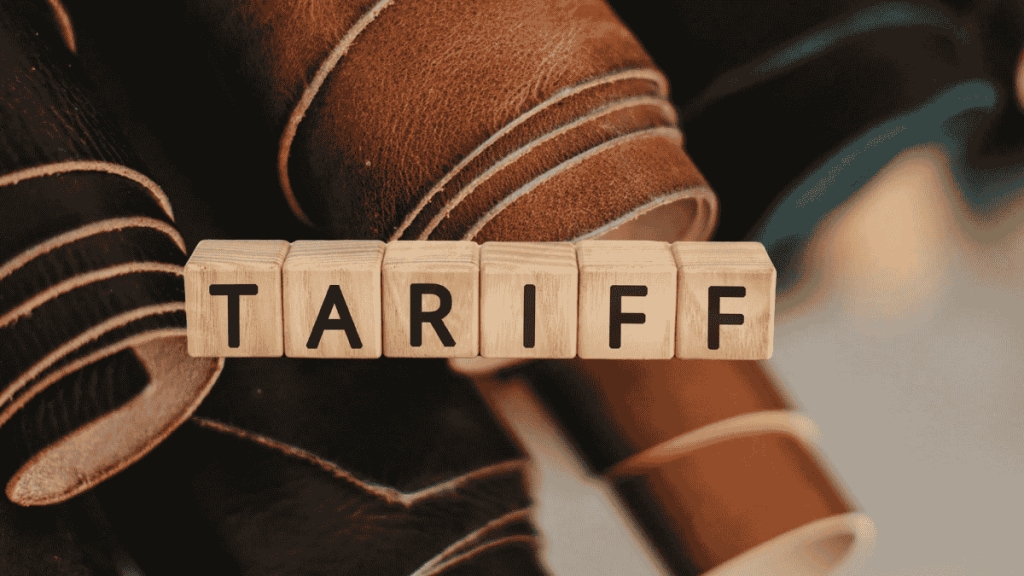The revenues of Indian leather and allied product firms could decline by 10-12% this fiscal following the steep 50% tariffs by the US, noted a report by Crisil Ratings. The tariff is expected to cut the industry’s revenue by 10–12% year-on-year and slash export volumes.
The report noted that “the decline would be despite a moderate improvement in domestic demand following the rationalisation of Goods and Services Tax (GST) besides other favourable macro-economic factors such as lower income taxes, benign inflation, and low interest rates.”
Indian leather exports to US may fall 14–16%: Crisil
Leather industry relies heavily on exports and the US is a major market for domestic leather players. According to Crisil, exports make up around 70% of the industry’s Rs 56,000-crore revenue, with more than half going to the European Union and about 22% to the US.
Jayashree Nandakumar, Director at Crisil Ratings, said that with the loss of orders from the US, the export volume is expected to drop 13-14% this fiscal.
“Revenue will be hit harder as the bulk of exports to the US is of finished leather products such as shoes and leather accessories, which fetch higher realisations. Export revenue is projected to fall 14–16% to $3.9–4 billion this fiscal,” Nandakumar added.
US tariff to drag leather industry revenue by up to 12%:Cisil
The Crisil report noted that the reduction in GST on leather products to 12% from 18% along with other favourable macroeconomic factors, is likely to boost affordability and demand, especially in the premium segment.
“The growth in domestic revenue will limit the decline in operating profitability of the overall industry to 150–200 basis points,” said Athul Sreelatha, Associate Director, Crisil Ratings. However, exporters alone could see margins compress by 250–300 basis points due to weak fixed-cost absorption, he added.
Orders cancelled or put on hold since the 50% US tariff
Crisil noted that signs of a slowdown in US export demand are already visible. Many tanneries and small manufacturers had already shut down over the past two months, with several US buyers cancelling or putting orders on hold. The additional 25% punitive tariff has placed India at a further disadvantage compared with other major exporting nations such as Cambodia, Italy, Vietnam, and France, where US tariffs are lower at 15–20%.
“To combat the revenue loss and declining profitability, exporters are resorting to measures such as diversifying to other markets with favourable duty structure and shifting/outsourcing production to other regions. However, these are still in nascent stages and will take time to implement and bear fruit, especially given the macro uncertainty,” the Crisil report explained.
Out of the 50% tariff, 25% is a reciprocal tariff and 25% is a penalty for purchasing Russian oil. According to Reuters, India is reducing its Russian oil purchases as trade talks with the US progress. Mint reported that the tariff may be cut to 15–16%. However, the Indian government has not released any official statement on the matter, and FinancialExpress.com could not independently confirm this.
Key factors shaping outlook for India’s leather industry – Crisil
Crisil highlighted four factors that could influence the industry’s performance going forward —
i) The evolving tariff environment and its impact on leather demand,
ii) The ability of processors to offset the revenue loss from the US by increasing sales to other markets,
iii) The impact of re export of Indian goods exported to Europe and
iv) Potential heightened forex volatility.
The report noted that recently signed Free Trade Agreement (FTA) with the United Kingdom and efforts to expand to other markets with lower import duties may help limit the overall impact, though Crisil cautioned that these measures are still in early stages.

